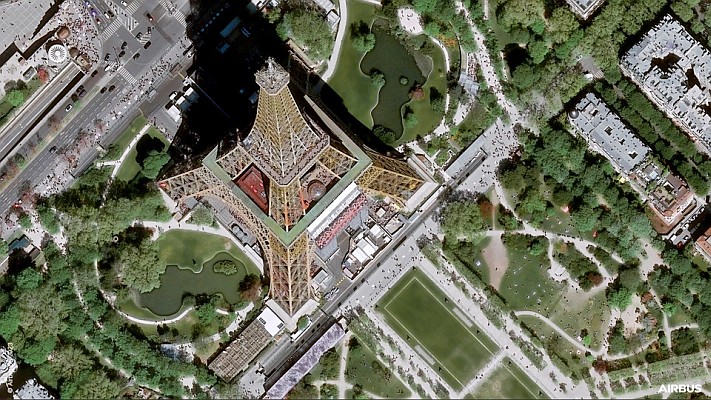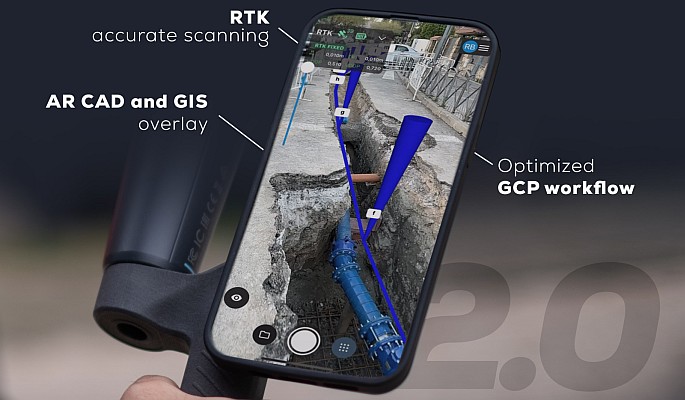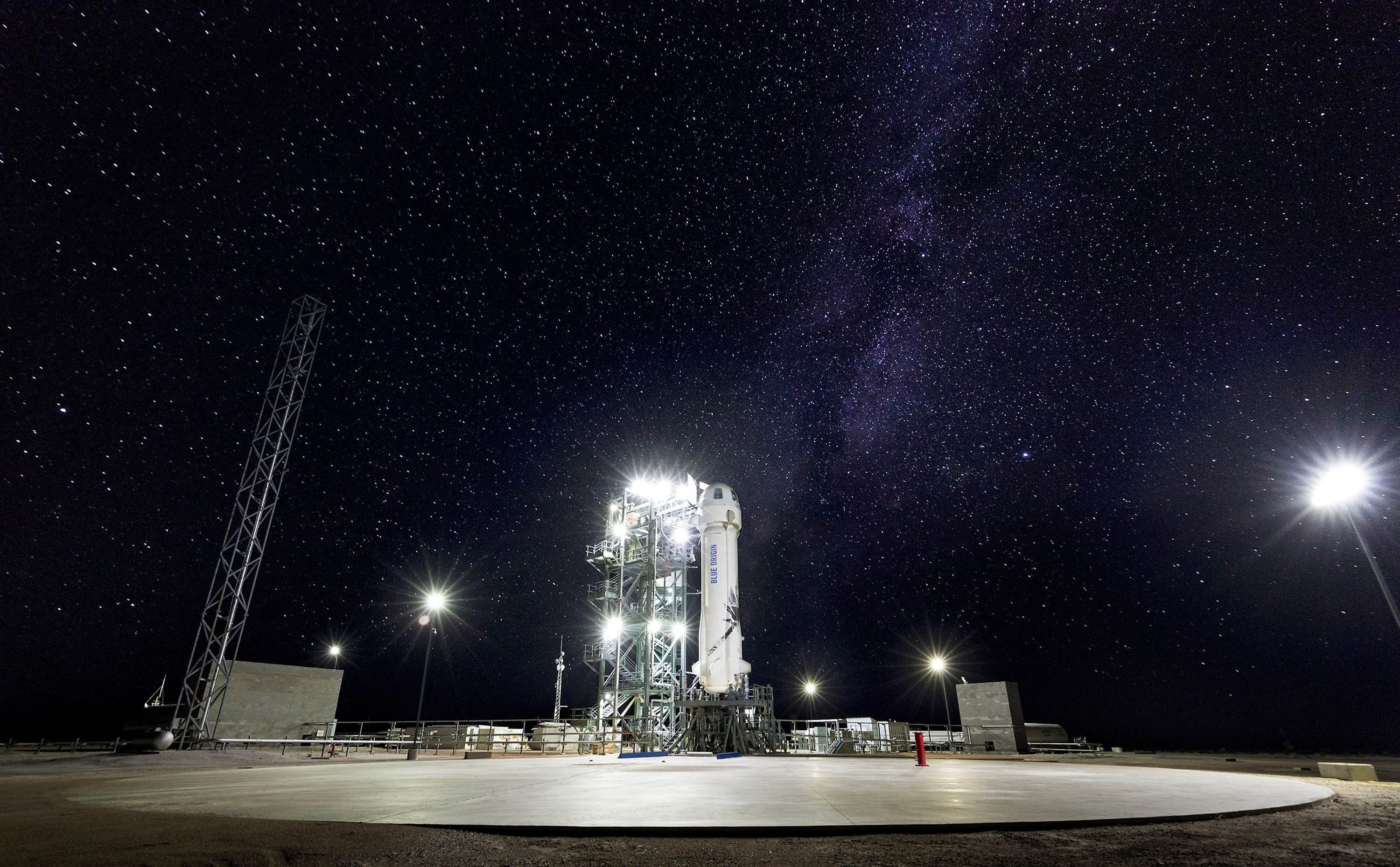NOAA and NASA officials announced Lockheed Martin Space Systems Co. Has been selected to build two satellites for NOAA’s next generation geostationary satellite series, GOES-R.
The new series, poised to begin launching in 2015, will double the clarity of today’s satellite imagery and provide more than 20 times the information.
A previous contract award was re-evaluated by NASA and, as a result of that process, a series of corrective actions were implemented. Following that re-evaluation Lockheed Martin Space Systems was selected as the contractor. The basic contract is for two satellites with options for two additional satellites.
The total estimated value of the basic contract, including the options, is $1.09 billion. Officials said a separate contract to build the GOES-R ground system will be announced later this year.
GOES-R will improve the monitoring of sea-surface temperatures and provide more data to NOAA’s hurricane forecasters, giving them sharper images of storms every 30 seconds, instead of every 7.5 minutes which the current geostationary satellites provide.
GOES-R will feature the first-ever, space-based detection system for lightning activity over land and water. The new satellites also are expected to bring other key benefits, including data that will improve warnings for heat stress and bolster forecasts for unhealthy air quality, and advanced solar-monitoring instruments for space weather forecasts and warnings of solar storms.
NOAA funds, manages and will operate the GOES-R program. Nasa’s Goddard Space Flight Center oversees the acquisition of the GOES-R spacecraft and instruments for NOAA.
NOAA understands and predicts changes in the Earth’s environment, from the depths of the ocean to the surface of the sun, and conserves and manages our coastal and marine resources.






